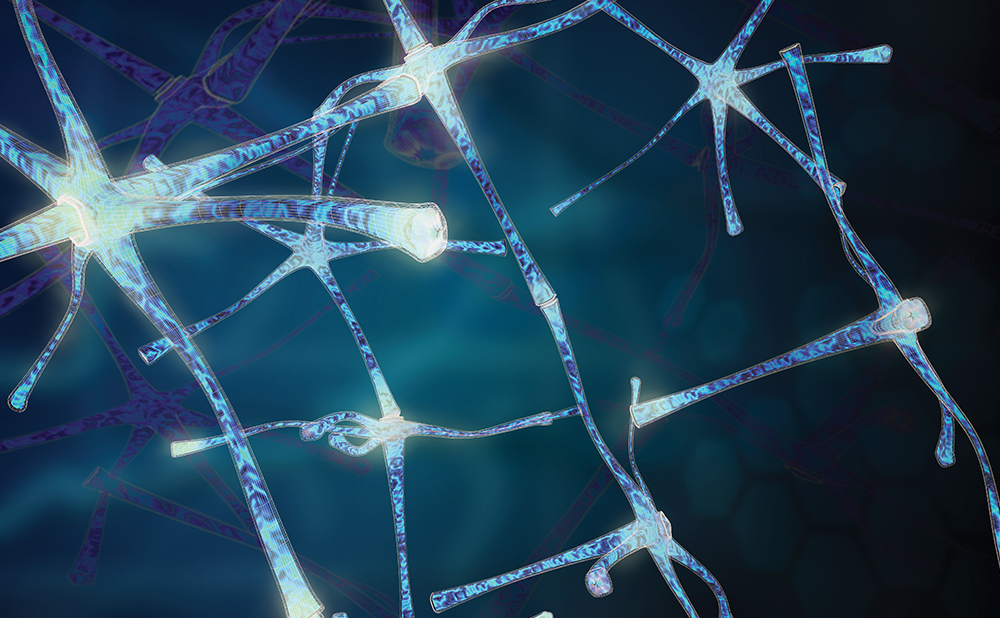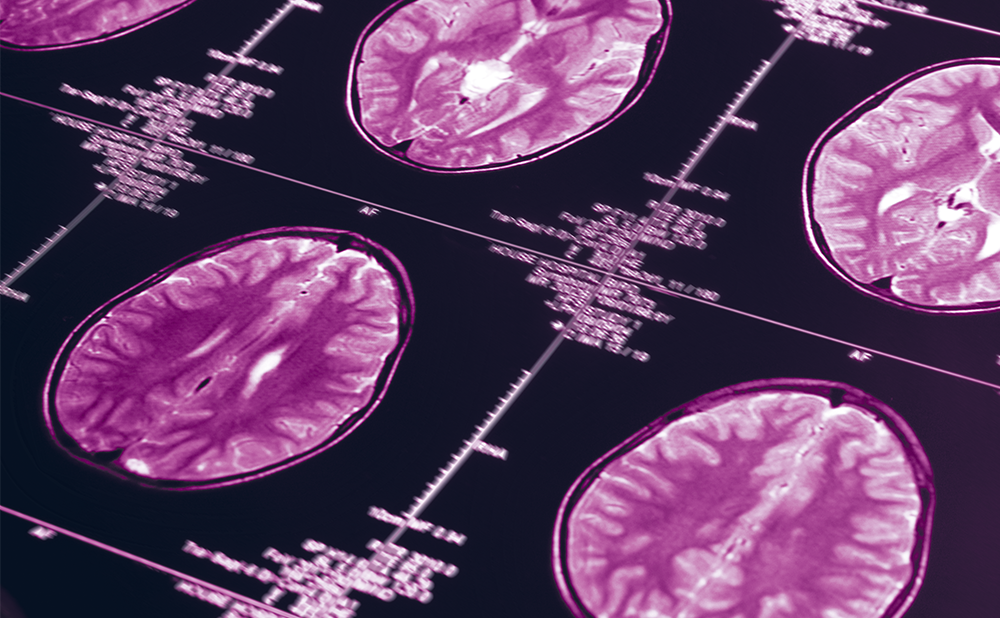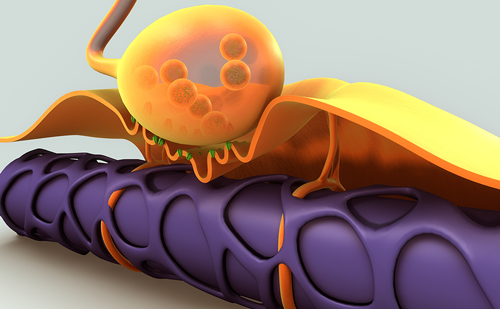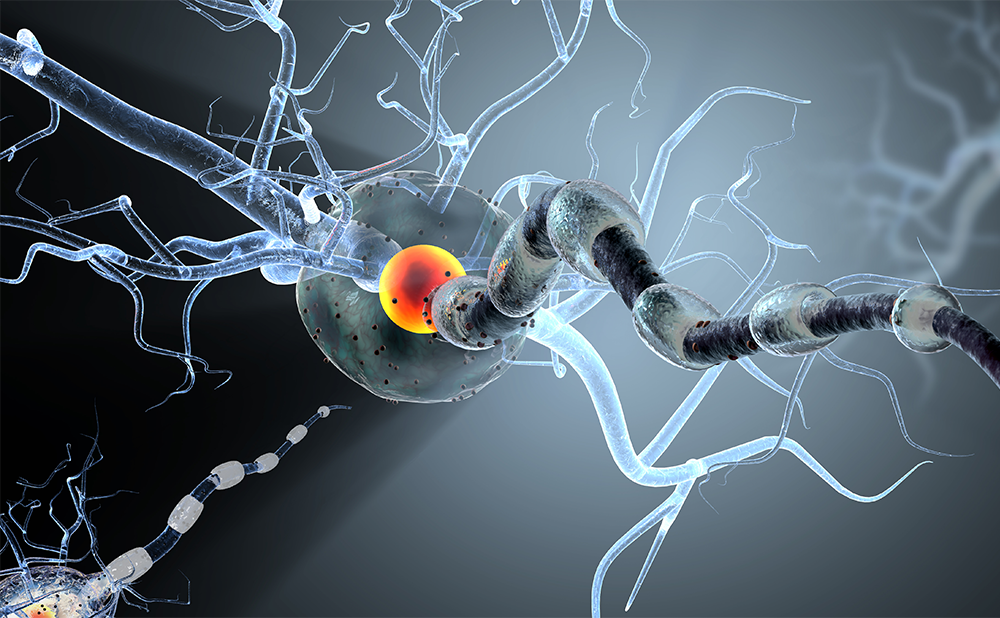Search Results
Showing Results for delirium risk factors

Article highlights Multiple screening tests are available to screen patients for cognitive impairment, and the Confusion Assessment Method is a helpful test to screen for delirium in the immediate postoperative period. Medicine reconciliation and identification and removal of potentially inappropriate ...

The novel severe acute respiratory syndrome coronavirus 2 has caused a worldwide pandemic, and its impact on healthcare systems around the world is still being investigated. The potential effect of coronavirus disease 2019 (COVID-19) on people living with dementia and the ability ...

Gastroesophageal reflux disease (GERD) is a chronic condition affecting over 750 million people globally.1 The disease causes acid from the stomach to reflux into the oesophagus, leading to epigastric discomfort, cough, sore throat and chest pain.1 Left untreated, this disease can ...

The coronavirus disease 2019 (COVID-19) pandemic has led to unprecedented illness and death among the global population. Severe acute respiratory syndrome coronavirus 2 (SARS-CoV-2) infection can range from mild upper respiratory symptoms that subside with no lasting effects to multiorgan system failure ...

While Alzheimer’s disease (AD), the most common cause of dementia, is perhaps best characterized by cognitive decline, more than 90% of patients with dementia exhibit behavioural and psychological symptoms of dementia.1 The Cache County Study on Memory in Aging describes ...

Narcolepsy is a chronic clinical condition primarily characterized by excessive daytime sleepiness (EDS). This may be accompanied by cataplexy, which is a phenomenon of transient muscle weakness triggered by strong emotions, such as laughter, excitement, anger or grief. Narcolepsy is ...

Parkinson’s disease (PD) is a progressive, neurodegenerative movement disorder and the second most common neurodegenerative disorder in the United States.1 In 2020, approximately 930,000 people in the United States aged 45 years and older developed the disease, and this number is expected ...

The World Congress on Controversies in Neurology (CONy) provides a platform for international experts to discuss and compare experiences. Its debate-style structure bridges the gap between the latest scientific advances and their dissemination and use. The congress has become a ...

Acute hepatic porphyrias are inherited metabolic disorders resulting from a specific enzyme defect in the heme biosynthetic pathway. Acute intermittent porphyria is the most common type and has the most severe presentation.1 Acute episodes can be triggered by surgery, certain ...

Charles Bonnet syndrome (CBS) is characterised by the presence of visual hallucinations (VH) and visual sensory deprivation in individuals with preserved cognitive status and without a history of psychiatric illness.1 CBS is a rare, underdiagnosed and under-recognised syndrome, which was ...

Pathologically, Parkinson’s disease (PD) is characterized by the loss of dopaminergic neurons in the substantia nigra and the presence of Lewy bodies.1 In a staging model proposed by Braak in 2003,2 the presence of midbrain lesions are preceded by degeneration ...

Neuroprotective Strategies in Traumatic Brain Injury Peter JD Andrews Western General Hospital NHS Trust and University of Edinburgh, UK Any severe trauma to the brain results in the activation of a cascade of biochemical pathways and release of chemical mediators. ...

Cognitive impairment (CI) is frequently associated with critical illness and can be defined as the loss or decline of higher mental functions (memory, attention, calculation, language, orientation and speed of information processing) that modify a person’s activity and social ...

Traumatic brain injury (TBI) is a condition with many unmet needs in medicine and public health.1,2 It is a major cause of death and disability and also leads to extremely high direct and indirect costs to society.3–5 Currently the incidence ...

Lacunar strokes (LACS), which result from occlusion of the deep penetrating arteries in the brain, are often milder than embolic or large vessel strokes.1 Even if they are mild in terms of stroke severity, it has been recognized that LACS ...

Post-stroke Infections – Diagnosis, Prediction, Prevention and Treatment to Improve Patient Outcomes
Up to 95% of patients have at least one relevant complication within the first three months after stroke.1 Complications impair neurological outcomes2–4 and approximately one-third of patients with ischaemic stroke die during hospitalisation due to one or more complications.5 To minimise ...

Transient ischaemic attack (TIA) is common, with approximately 200,000–500,000 reported to medical attention in the US each year.1 The risk of TIA rises steeply with age, with the majority of all events occurring in people over 70 years of age.2 In contrast ...

Parkinson’s disease (PD) affects about 1–2% of the population over 65 years of age and up to 3–5% of people 85 years of age and older.1 As the average age of the population increases, the prevalence of PD can be expected to rise. ...
Latest articles videos and clinical updates - straight to your inbox
Log into your Touch Account
Earn and track your CME credits on the go, save articles for later, and follow the latest congress coverage.
Register now for FREE Access
Register for free to hear about the latest expert-led education, peer-reviewed articles, conference highlights, and innovative CME activities.
Sign up with an Email
Or use a Social Account.
This Functionality is for
Members Only
Explore the latest in medical education and stay current in your field. Create a free account to track your learning.

